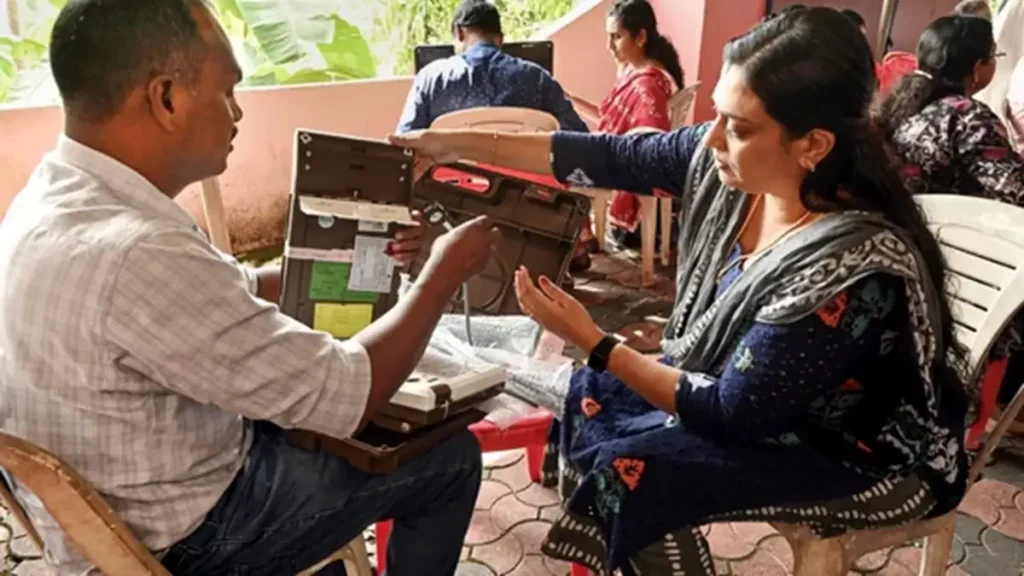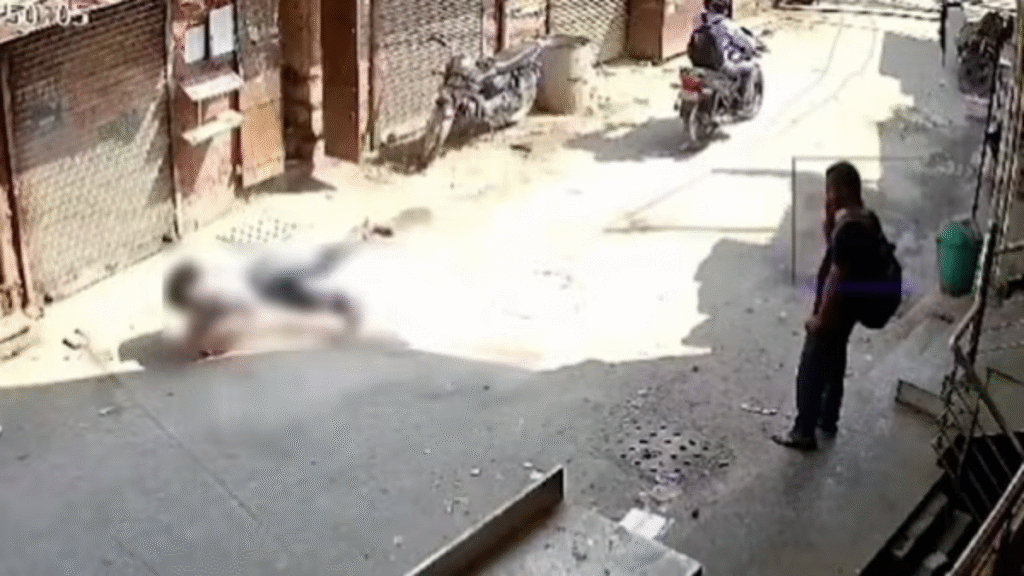Now Reading: Sunita Williams Returns Home: A Splashdown Ending to an Unexpectedly Long Space Mission
-
01
Sunita Williams Returns Home: A Splashdown Ending to an Unexpectedly Long Space Mission
Sunita Williams Returns Home: A Splashdown Ending to an Unexpectedly Long Space Mission

After an extended nine-month stay aboard the International Space Station (ISS), NASA astronauts Sunita Williams and Butch Wilmore have successfully returned to Earth, concluding a mission that veered far from its initial eight-day plan. Their return, marked by a splashdown off the coast of Florida, has drawn widespread attention, prompting questions about the choice of a water landing.
A Mission Extended:
The astronauts’ journey began with a launch aboard Boeing’s Starliner spacecraft in June 2024, intended as a short test mission. However, technical difficulties with the Starliner’s propulsion system led to a series of delays, ultimately transforming their brief stay into a prolonged residency at the ISS.
Due to the complications with the Boeing Starliner, NASA made the decision to return the Starliner unmanned. And have the Astronauts return via a SpaceX dragon capsule. This is why the splashdown occured.
The Splashdown Decision:
The choice of a splashdown, where the spacecraft lands in the ocean, is primarily associated with the SpaceX Crew Dragon spacecraft. Here’s a breakdown of the key factors:
- SpaceX Crew Dragon Design:
- The SpaceX Crew Dragon, which carried Williams and Wilmore home, is designed for water landings. This is a fundamental aspect of its engineering.
- The design utilizes parachutes to slow the capsule’s descent, culminating in a relatively gentle splashdown in the ocean.
- Historical Context:
- Water landings have a long history in space exploration, notably with NASA’s Mercury, Gemini, and Apollo programs.
- While land landings have also been employed, particularly with the Russian Soyuz spacecraft and the now retired Space Shuttle, splashdowns offer certain advantages.
- Safety and Recovery:
- The ocean provides a vast landing area, reducing the risk associated with precise land-based touchdowns.
- NASA and SpaceX have well-established procedures for recovering astronauts and their spacecraft from the ocean.
The Return and its Significance:
The successful return of Williams and Wilmore marks the end of a challenging but ultimately successful mission. Their extended stay at the ISS allowed them to conduct valuable scientific research and contribute to the station’s maintenance.
Key highlights of their extended mission include:
- Conducting numerous scientific experiments.
- Performing essential maintenance tasks on the ISS.
- Sunita Williams performing two spacewalks.
The safe return of these astronauts is a testament to the resilience and adaptability of human spaceflight. It also highlights the importance of having multiple spacecraft options available for NASA.
In summary:
The splashdown was not an unexpected event, but was the planned method of return, due to the astronauts returning in a SpaceX Dragon capsule. The extended stay on the ISS was caused by technical problems with the Boeing Starliner spacecraft.
The safe return of the astronauts is a major success for NASA and SpaceX.










